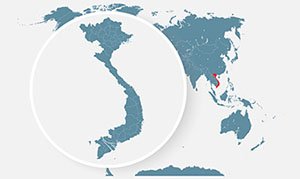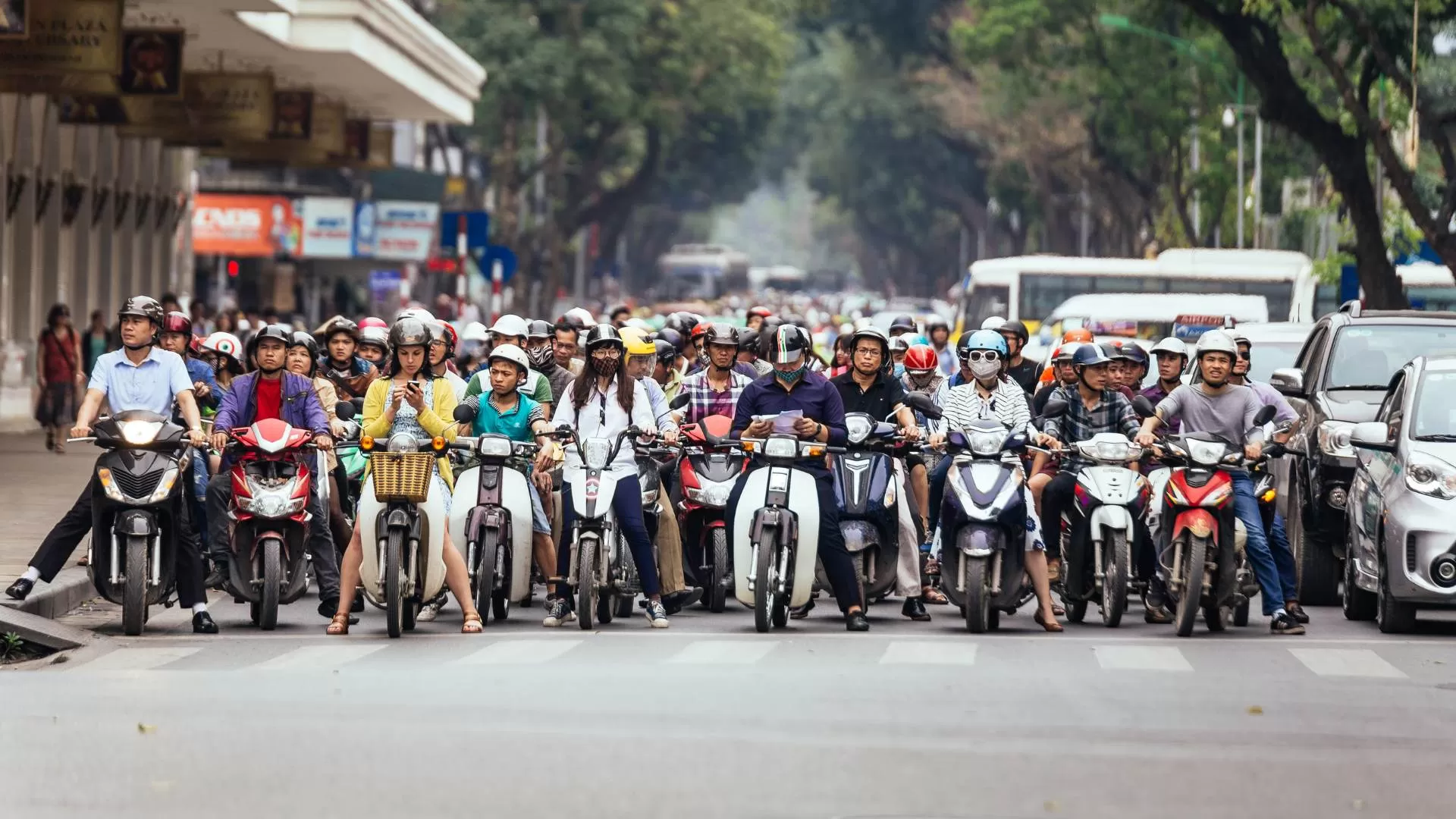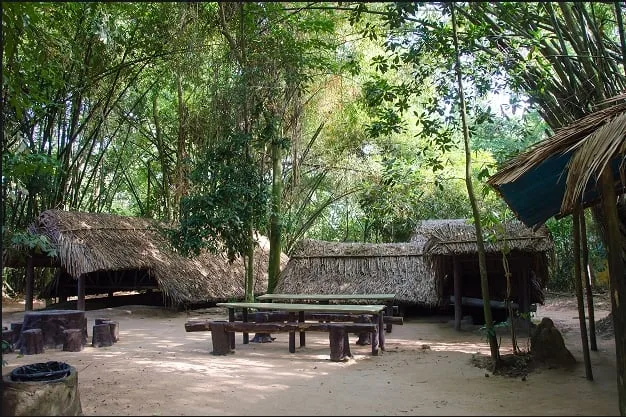Contents
ToggleTraveling by Plane
Flying is hands-down the fastest and most convenient way to cross Vietnam, especially if you’re short on time or want to maximize your itinerary. With a long, narrow geography stretching over 1,600 km, domestic flights save you hours—sometimes days—compared to bus or train travel.
- Flight Times: Most domestic routes are quick hops. Hanoi to Da Nang is about 1h15, Hanoi to Ho Chi Minh City takes around 2 hours, and Ho Chi Minh City to Phu Quoc is just under 1 hour. Even reaching more remote spots like Con Dao is now possible by air.
- Ticket Prices: Expect to pay between $100–200 USD one way, though flash sales by budget airlines sometimes drop fares as low as $30–50 if you book early. Peak seasons like Tet (Lunar New Year), summer holidays (June–August), and long weekends see prices climb quickly.
- Baggage Allowance: Standard tickets usually include 20–25 kg checked luggage, but some budget carriers (like Vietjet Air) only cover hand luggage unless you purchase add-ons. Always read the fine print to avoid surprise fees.
✈️ Vietnam’s Main Airlines:
- Vietnam Airlines – The national flag carrier, known for reliable service, wider seats, and complimentary meals on most routes. A good choice if you value comfort and punctuality.
- Vietjet Air – The low-cost champion. Fares are cheap, but delays are frequent, and extras (baggage, seat choice, meals) all cost more. Great if you’re traveling light and flexible.
- Bamboo Airways – A newer player with mid-range pricing, clean modern planes, and a reputation for being more punctual than Vietjet. Often praised for attentive service.
- Pacific Airlines (Vietnam Airlines’ budget arm) – Fewer routes, but sometimes competitive fares.
👉 Tips for Flying in Vietnam:
- Arrive Early: At least 2 hours before departure, especially at Tan Son Nhat Airport (Ho Chi Minh City), where long check-in lines and heavy traffic can cause stress.
- Book Direct: Airlines’ official websites often have better deals and fewer issues than third-party booking platforms.
- Fly in the Morning: Morning flights are generally more punctual, as delays tend to build up throughout the day.
- Plan Airport Transfers: Airports are often far from city centers—Noi Bai (Hanoi) is 40–50 minutes away, Tan Son Nhat (HCMC) can take 45–60 minutes in traffic, and Da Nang’s airport is the most convenient, just 10 minutes from downtown.
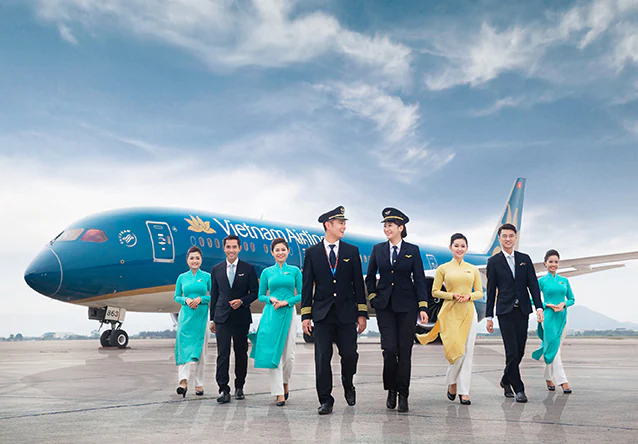
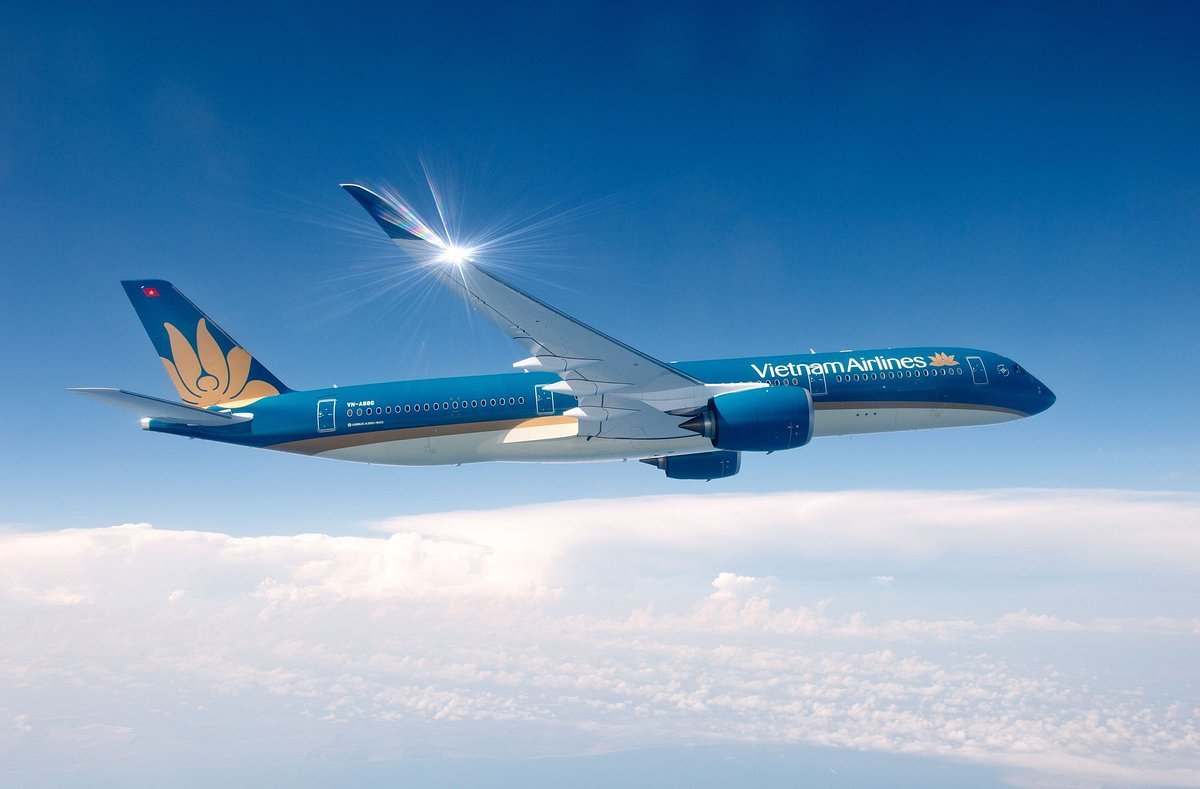
Traveling by Train
For those who prefer a slower, more scenic journey, Vietnam’s trains are a wonderful alternative. The Reunification Express line stretches 1,700 km along the country’s spine, connecting Hanoi in the north to Ho Chi Minh City in the south. Along the way, it passes some of Vietnam’s most iconic destinations: Hue, Da Nang, Nha Trang, and Phan Thiet, offering a front-row view of rice paddies, mountains, fishing villages, and beaches.
🚆 Train Classes and Comfort Levels:
- Hard Seat: Cheapest but basic—wooden benches, crowded, and not recommended for long distances.
- Soft Seat (Air-Conditioned): Comfortable for day trips of 4–6 hours.
- Hard Sleeper (6 berths per cabin): Budget-friendly for overnight travel, but cramped.
- Soft Sleeper (4 berths per cabin): The most popular option for tourists, with padded bunks, blankets, and privacy.
- VIP Cabins / Private Sleeper (2 berths): Available on some routes, ideal for couples or travelers wanting extra comfort.
🚆 Popular Train Routes:
- SE1–SE10: The main north–south services, running daily with multiple options (day and night).
- SE19/SE20: Premium overnight trains between Hanoi and Da Nang—very popular for accessing Hoi An via Da Nang.
- QB1/QB2: From Hanoi to Dong Hoi, gateway to Phong Nha–Ke Bang National Park.
- NA1/NA2: Connecting Hanoi with Vinh in north-central Vietnam.
🌙 Why Take an Overnight Sleeper Train?
- You save on a night’s accommodation.
- You travel like a local, sharing stories, snacks, and tea with fellow passengers.
- Waking up to the sight of coastal villages or misty mountains rolling past your window is an experience buses and planes simply can’t match.
👉 Tips for Train Travel in Vietnam:
- Book Early: Especially around Tet and summer holidays, tickets sell out weeks in advance. Use official websites (dsvn.vn) or reliable agencies.
- Bring Snacks & Water: Food is sold onboard but tends to be limited and pricey.
- Secure Valuables: While trains are safe, always keep money, passports, and electronics close at hand.
- Plan for Slow Travel: Trains are not fast—Hanoi to Hue takes 13–14 hours, Hue to Ho Chi Minh City about 20 hours—but the trade-off is comfort and scenery.
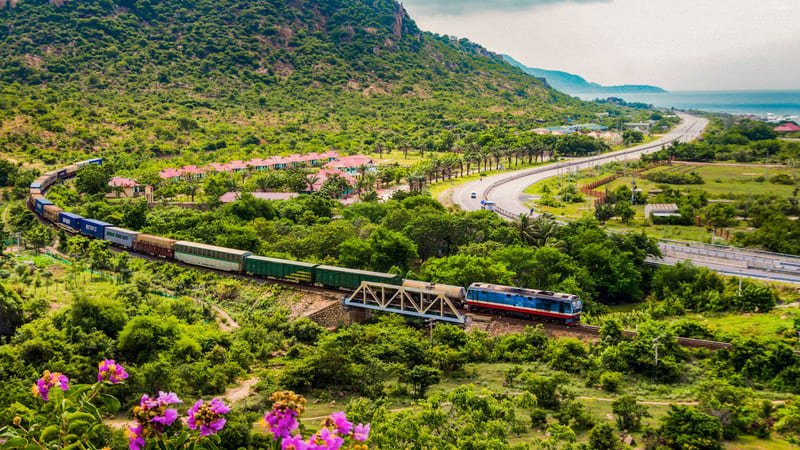
Traveling by Bus
For budget-conscious travelers, buses are by far the cheapest and most widely available way to get around Vietnam. With extensive networks connecting big cities, small towns, and even rural villages, buses are often the go-to choice for locals and backpackers alike.
🏙 Local Buses
- Price: 6,000–30,000 VND (just a few cents to a dollar).
- Where to Use: Best for short trips within cities or between nearby towns. Hanoi and Ho Chi Minh City both have public bus systems with hundreds of routes.
- Experience: Expect crowded buses during rush hours, basic seating, and no air-conditioning on some routes. They’re authentic and cheap, but not always the most comfortable.
🌙 Sleeper Buses
- Why Popular: They allow you to travel long distances overnight, saving both time and the cost of a hotel.
- What to Expect: Rows of narrow, reclining bunks stacked in two or three levels. Some newer sleeper buses even provide blankets, USB chargers, and WiFi.
- Key Routes: Hanoi to Hue, Hue to Da Nang, Nha Trang to Ho Chi Minh City.
- Reputable Companies: Futa Bus, The Sinh Tourist, Hanh Café, Hoang Long. Always book through trusted agencies or official counters to avoid scams.
🚐 VIP & Limousine Buses
- Comfort Level: A step up from regular buses, these luxury minibuses have reclining leather seats, personal reading lights, air-conditioning, and sometimes onboard WiFi.
- Where to Use: Perfect for trips between major cities and tourist hubs (e.g., Hanoi–Ninh Binh, Da Nang–Hue, Ho Chi Minh City–Mui Ne).
- Price Range: 200,000–350,000 VND ($8–15), depending on distance.
🏞 Tourist Buses (Hop On Hop Off)
- Found in Hanoi and Ho Chi Minh City, these double-decker buses provide commentary in multiple languages. They’re not essential for transport, but a fun way to see the highlights of the cities at your own pace.
👉 Tips for Bus Travel:
- Bring water and snacks, especially for overnight journeys.
- Book early during Tet (Lunar New Year) and summer.
- Wear comfortable clothes—space is often tight.
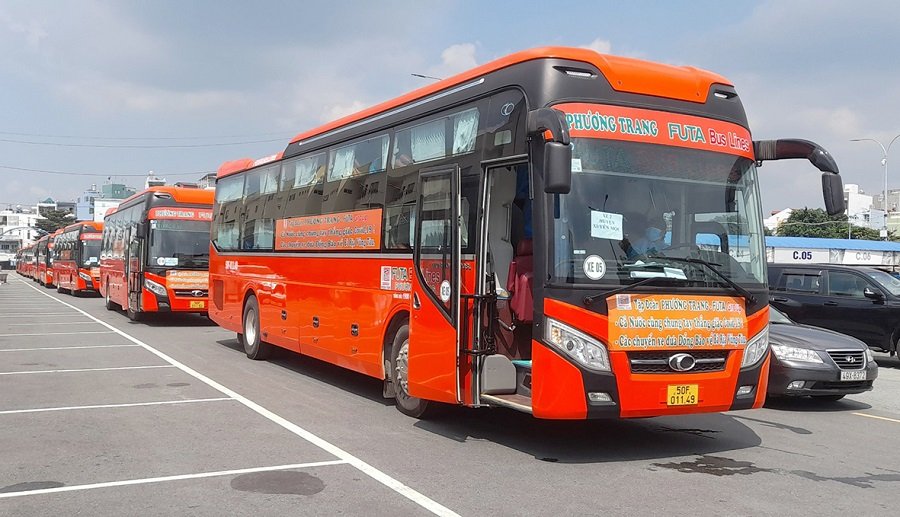
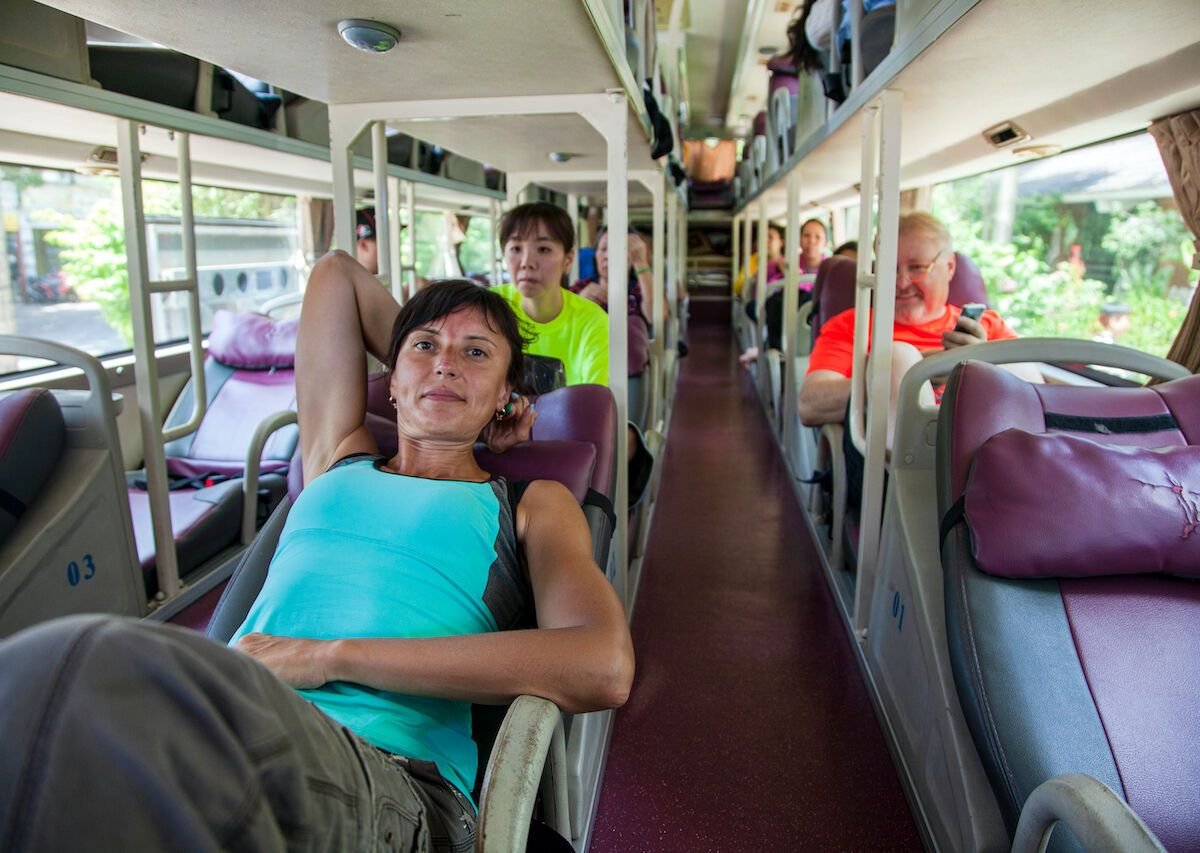
Taxis and Motorbike
In cities, taxis and motorbike taxis are the most convenient way to get around for short to medium distances.
🏍️ Motorbike Taxis (Xe Ôm)
- A cultural icon in Vietnam, xe ôm are cheap, fast, and often thrilling.
- Great for weaving through traffic jams or covering 1–5 km quickly.
- Price: From 10,000 VND (~$0.40) per km if booked via apps.
🚖 Taxis
- A safer choice in heavy rain or when traveling with luggage.
- Reputable companies include Mai Linh and Vinasun. Always ensure the meter is running, or book via an app.
- Average fares: 15,000–20,000 VND per km (~$0.60–$0.80).
📱 Best Apps for Getting Around:
- Grab: The most widely used for both cars and motorbikes, with upfront pricing and cashless payment options.
- Be: Vietnamese-owned alternative, reliable and with stable pricing.
- Xanh SM: New eco-friendly taxis running on electric vehicles (VinFast).
👉 Tip: Avoid hailing taxis directly at airports or tourist spots—use apps or official counters for fair pricing.
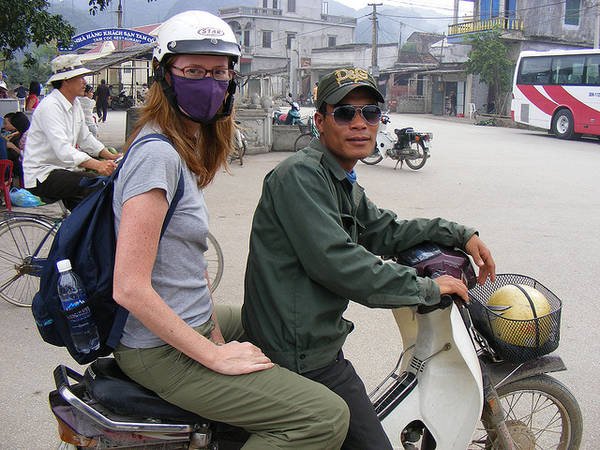
Bicycles and Cyclos
For travelers who prefer slow travel, bicycles and cyclos offer a charming way to experience Vietnam at a relaxed pace.
🚲 Bicycles
- Available for rent in most tourist towns like Hoi An, Hue, Ninh Binh, and the Mekong Delta.
- Cost: 30,000–50,000 VND per day ($1–2).
- Where Best: Countryside lanes, rice paddies, coastal paths. Riding in big cities is possible, but traffic can be intimidating.
🚲 Cyclos (Pedicabs)
- Three-wheeled bicycles with a seat in front for passengers.
- Found mainly in Hanoi, Hue, Hoi An, and Ho Chi Minh City.
- Cost: Around 200,000 VND per hour ($8), but always agree on the price before starting.
- Experience: A nostalgic, eco-friendly way to explore old quarters and heritage sites at a leisurely pace.
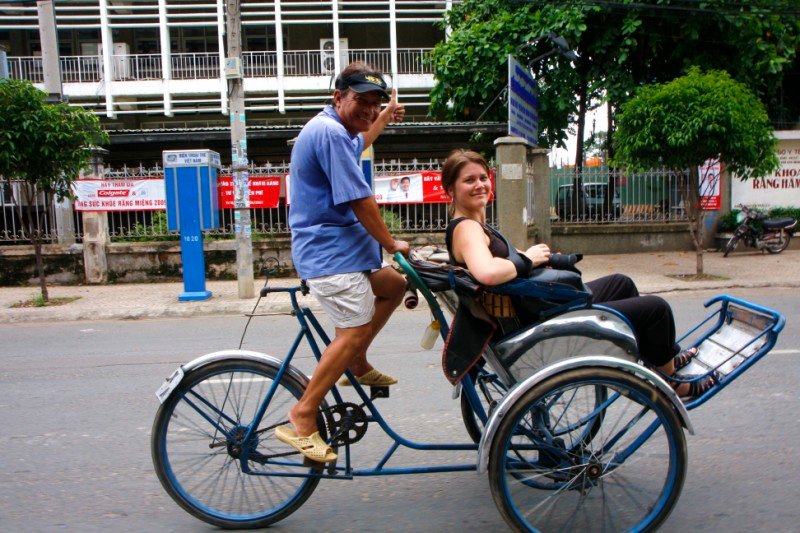
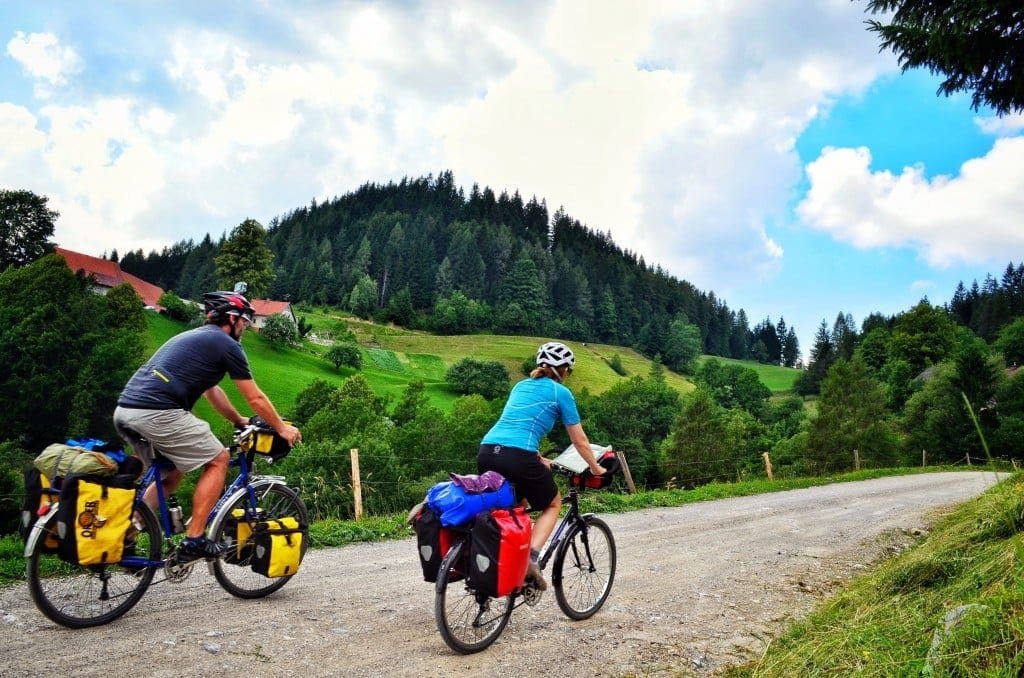
Metro in Vietnam
Vietnam is modernizing its cities with metro systems—still in their early stages but rapidly expanding.
🚇 Ho Chi Minh City (Saigon)
- Metro Line 1 (Bến Thành – Suối Tiên) officially opened in 2024.
- Length: 19.7 km, with 14 stations (3 underground, 11 elevated).
- Operating Hours: 5 AM – 10 PM, every 8–12 minutes.
- Fares: 6,000–20,000 VND ($0.25–$0.80).
- Benefit: Connects downtown District 1 with Thu Duc City and Suoi Tien Theme Park.
🚇 Hanoi
- The Cat Linh – Ha Dong Line began running in 2021, the first of several planned lines.
- Affordable fares (8,000–15,000 VND), modern air-conditioned trains, and connections to key districts.
- Expansion is underway, with future lines planned to ease congestion in the capital.
👉 The metro is still limited compared to Bangkok or Singapore, but it marks a major step forward in Vietnam’s urban transport future.
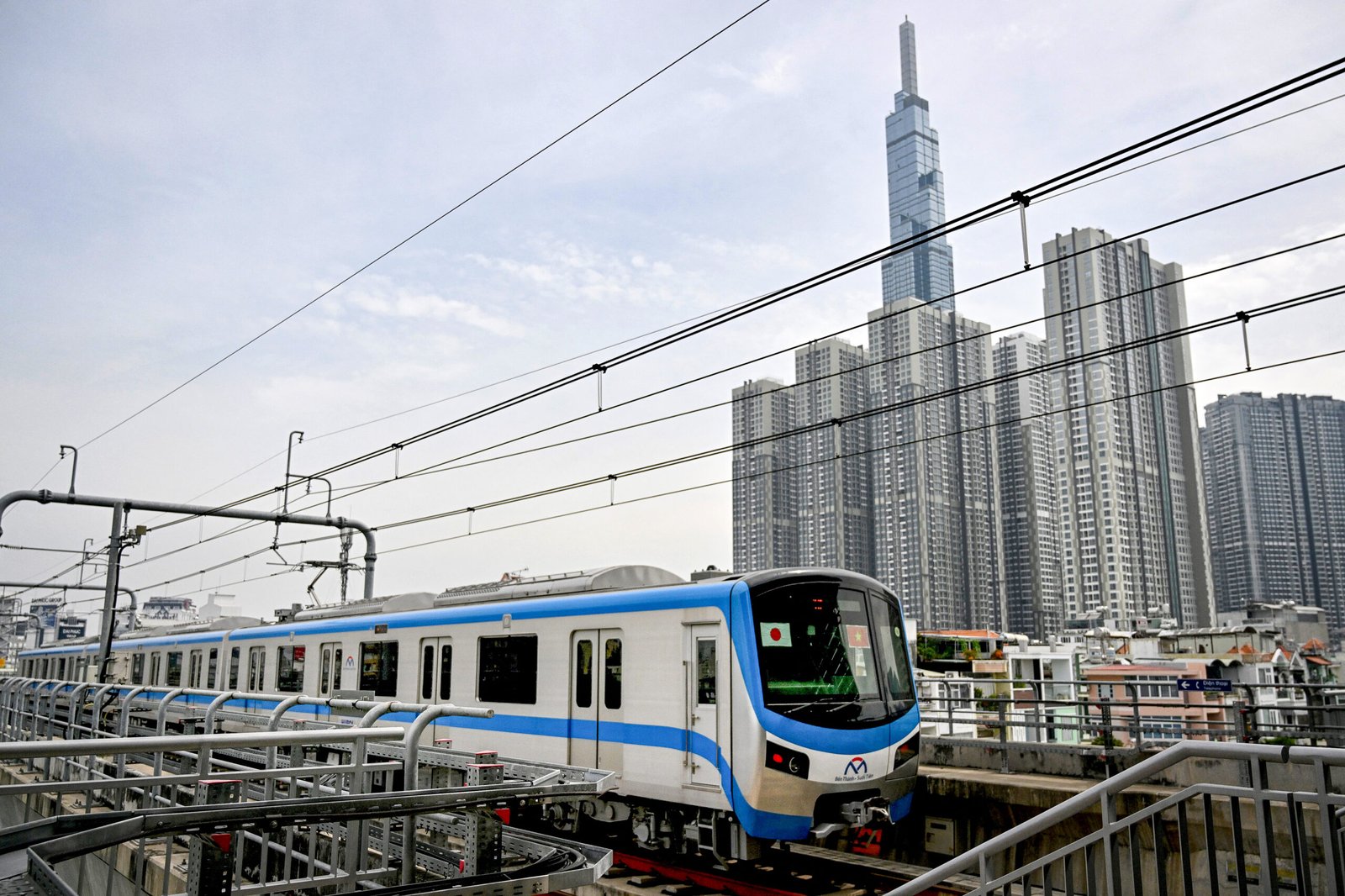
Final Words
Getting around Vietnam is part of the adventure itself. Whether you’re cruising through Halong Bay, taking a budget flight, or weaving through Hanoi traffic on a motorbike taxi, every mode of transport shows you a different side of this vibrant country.

